Maxxis Forekaster Tire
| Where To Buy | |||
|---|---|---|---|
Free Delivery on purchases over £20.
|
Free Delivery on purchases over £20.
£48.95
|
||
Free shipping on orders over $50 (continental U.S. only).
International shipping available. Some exclusions apply. |
Free shipping on orders over $50 (continental U.S. only).
International shipping available. Some exclusions apply. $88.00
|
||
Free shipping on orders over $50 (continental U.S. only).
International shipping available. Some exclusions apply. |
Free shipping on orders over $50 (continental U.S. only).
International shipping available. Some exclusions apply. $70.00
|
||

The original Forekaster was a fast-rolling XC tire designed for slightly looser or wetter conditions, but that’s all it was. In 2022, Maxxis launched an updated version which gained more aggressive knobs and a heavier build, in an effort to make it more of an all-rounder. Always on the lookout for lighter tires that may cut the mustard on our short travel trail bikes, we threw on a pair and set about testing – keep reading to find out how we got along.
Strengths |
Weaknesses |
|---|---|
|
|
Maxxis Forekaster (2022 update) Highlights
- Intended use: XC, XC race, Trail
- Dual compound or 3C MaxxTerra options
- EXO sidewall protection
- Tubeless Ready (TR)
- Designed for front or rear
- Conditions: loose to wet spring/fall trail conditions (per Maxxis)
- 29x2.40 EXO – 945g (Vital verified sample weight: 965g)
- 29x2.60 EXO – 1035g
- MSRP: $83 USD
Initial Impressions
If you’re building a short travel trail bike, chances are you’re looking for a tire that will be up for a little fun without packing all the bulk of a proper enduro casing. Pulling the updated Forekaster from the box, it now has that goldilocks feel to it; not super light, not heavy, with a tread pattern that strikes a balance between bigger side knobs and faster, more tightly spaced center knobs. Compared to the old version, it is significantly sturdier and the tread pattern is more aggressive. On the scales, the new version gains 200 grams per tire, putting it in a different weight group altogether (our sample clocked in at 965 grams, 20 grams heavier than the official claimed weight).


Continuing the comparison with the previous version, the sidewalls feel a lot sturdier on the new version. Where the original really had that thin, light, and quite flappy feel to it, the new version holds its shape even when off the rim. When the tire was announced, the press release mentioned both EXO and EXO+ options available, but so far we’ve only seen EXO (which is what we tested here, in the dual compound version). The tire is tubeless ready of course, with a foldable bead, and you should be able to get it in either 2.4” or 2.6” width. As has become the new norm with Maxxis over the past years, the Forekaster carries the “WT” (short for “Wide Trail”) designation which means that the casing shape and knob placement have been optimized to work with modern, wider rims.

On The Trail
We installed the new Forekaster front and rear on a 130mm trail bike, where it replaced a combo consisting of a Minion DHF 2.30 EXO front paired with the original Forekaster version out back. We originally rode that same bike with the old Forekasters both in the front and the rear, but we swapped to the DHF up front as we consistently felt a bit undergunned in the grip department with the original Forekaster up front.


Once out on the trail, we immediately noticed the improved grip of the new version. The side knobs are both bigger and placed more evenly, which translates to a cornering feel that is closer to a more aggressive tire than an XC tire. Lean the bike over and push, and you’re rewarded with consistent grip that provides plenty of confidence in mixed terrain.

The whole point of running a “trail” tire is to reduce the bike/wheel weight and gain a little rolling speed. The new Forekaster did not disappoint in this department, it is not as fast as a pure XC tire of course but noticeably quicker than a regular enduro tire. It picks up speed easily and really helps maintain momentum in rolling terrain. Sprinting is rewarded with a feeling of instant acceleration, and the tire provides plenty of pop for pulling up over those little natural doubles that are so fun to play around on.


As the speeds pick up and the terrain gets rougher, the Forekaster reaches its limits. The lighter casing makes it a bit less stable than a DHF for example, and you can feel it starting to squirm earlier as you push it harder on grippy hardpack trails. We found ourselves adding a few PSI to remedy this, which worked out well enough. The tire is also prone to snakebite punctures, which again may well require an increase in air pressure for riding rocky trails (or better line choice). To put all this into perspective, we were still able to fully enjoy a few very rough desert rides with the new Forekaster, we just had to pay a little bit more attention to where we were putting our wheels.

The grip remains predictable on different surfaces, and the bike felt very fast and fun to ride. We tested in conditions ranging from wet and damp dirt to dry and rocky, with good results everywhere. We did not manage to test in properly muddy conditions, but the few rainy rides we did do pointed to a tire that will still perform well even when things get moist (within the limits of the tread pattern, of course). All in all, we think the new Forekaster provides exactly the right mix of characteristics to complement your next “downcountry” project – if it’s a plowbike you’re building, look elsewhere (but then you’re probably shopping for a whole other type of frame, too…).
Things That Could Be Improved
We really don’t have a lot of criticism to offer in this section. Yes, the Forekaster pinch flats quite easily if you bash into sharp edges frequently (as is often the case even with heavier duty EXO tires BTW), but this is to be expected in this weight class. If you are used to a heavier casing, you’ll also feel the Forekaster squirming and rolling its side knobs a bit earlier in heavy turns, but once again, this is fully consistent with the thinner construction and not something we hold against this tire in particular – if you need more support, you need a heavier tire, full stop.
Long Term Durability
We’ve had the new Forekaster rolling for five months now, on a bike that sees action at least a couple of times per week if not more, and it has held up well (as previously mentioned, we’re running the dual compound version, not the 3C). The tread still has plenty of life left in it, and crucially, the side knobs are still holding on. Our rear tire now has about 4 tire plugs in it as a result of sudden encounters with various sharp objects on the trails, all just above the bead (classic pinch flat spot). To be fair, we’ve got quite a few DHF/DHRs in EXO or even EXO+ casing that have met with the same fate, so it’s not exactly surprising.
What’s The Bottom Line?
With the short travel trail bike revolution in full swing, Maxxis needed to fill a gap in its line-up, and that’s exactly what they’ve done with the new Forekaster. It sits squarely in between an XC and an enduro tire both in terms of weight and knob size, and that is exactly how it behaves. The tire provides plenty of grip in all kinds of terrain, with predictable cornering and braking behavior. It’s capable of punching above its weight class if you run slightly higher pressure and pay attention to your lines, but it will feel a bit less locked in than a DHF for example. The 2.4 Forekaster weighs 140 grams less than the 2.3 DHF (both in EXO), and rolls a bit faster, so pick your poison.
More information at: www.maxxis.com.
About The Reviewer
Johan Hjord - Age: 49 // Years Riding MTB: 17 // Weight: 190-pounds (87-kg) // Height: 6'0" (1.84m)
Johan loves bikes, which strangely doesn’t make him any better at riding them. After many years spent practicing falling off cliffs with his snowboard, he took up mountain biking in 2005. Ever since, he’s mostly been riding bikes with too much suspension travel to cover up his many flaws as a rider. His 200-pound body weight coupled with unique skill for poor line choice and clumsy landings make him an expert on durability - if parts survive Johan, they’re pretty much okay for anybody. Johan rides flat pedals with a riding style that he describes as "none" (when in actuality he rips!). Having found most trail features to be not to his liking, Johan uses much of his spare time building his own. Johan’s other accomplishments include surviving this far and helping keep the Vital Media Machine’s stoke dial firmly on 11.
Photos by Johan Hjord and Tal Rozow
Specifications
Aimed at 100mm-130mm trail bikes – aka the “downcountry” segment
Recommended for use in all trail conditions
Can be used as either a front or rear tire
| Where To Buy | |||
|---|---|---|---|
Free Delivery on purchases over £20.
|
Free Delivery on purchases over £20.
£48.95
|
||
Free shipping on orders over $50 (continental U.S. only).
International shipping available. Some exclusions apply. |
Free shipping on orders over $50 (continental U.S. only).
International shipping available. Some exclusions apply. $88.00
|
||
Free shipping on orders over $50 (continental U.S. only).
International shipping available. Some exclusions apply. |
Free shipping on orders over $50 (continental U.S. only).
International shipping available. Some exclusions apply. $70.00
|
||









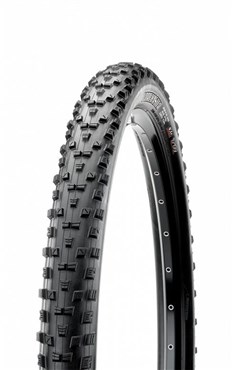
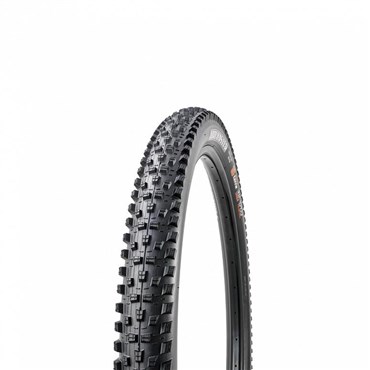





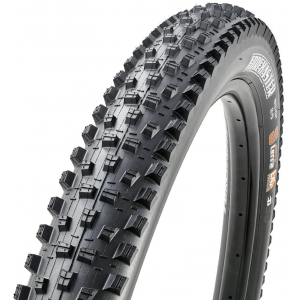




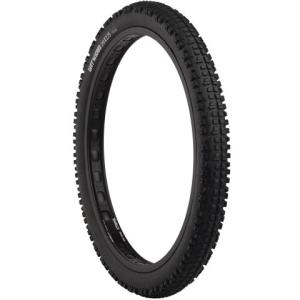

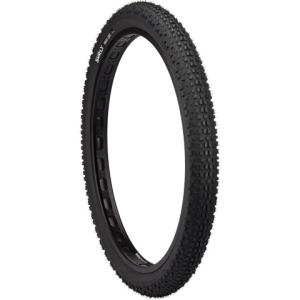







25 comments
Post a reply to: New Trailbike Tire: Updated Maxxis Forekaster (2022) Review